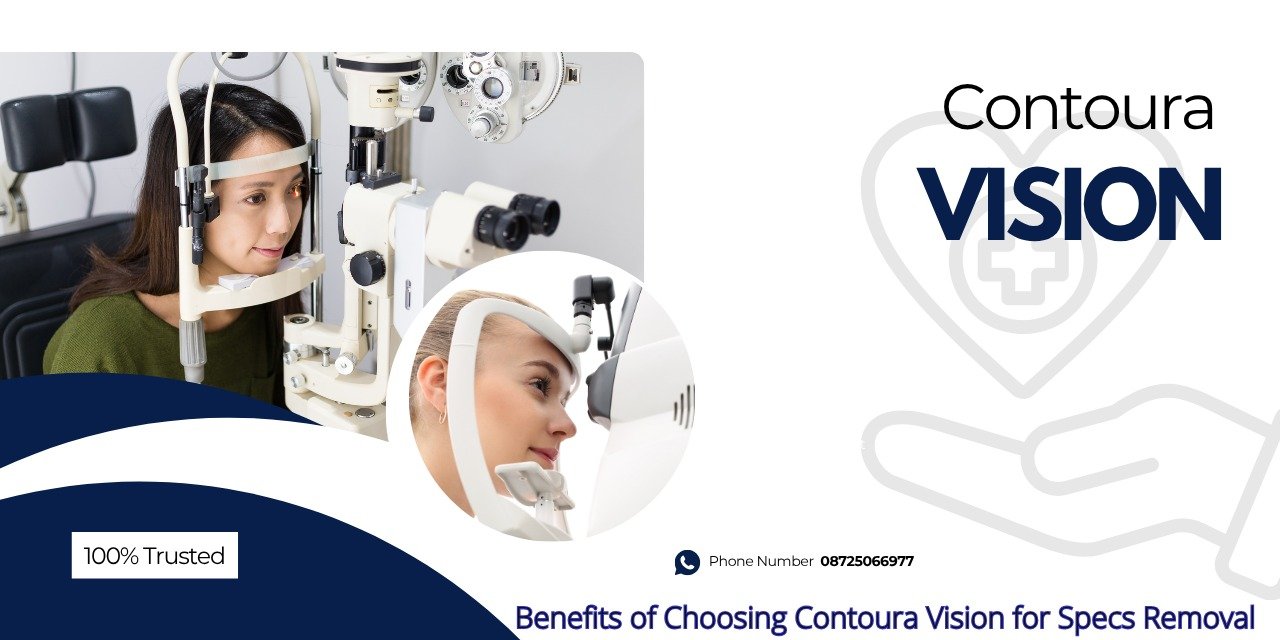Blurry vision is a very common eye problem that can happen to anyone. Sometimes it’s harmless and goes away on its own. But other times, it can be a sign of a serious eye issue. In this article, we will talk about the common causes of blurry vision, when to worry, and what to do about it.
1. Refractive Errors – A Common Cause of Blurred Vision
Refractive errors are one of the most common causes of blurry vision. These happen when your eye is not shaped correctly, so it can’t focus light properly. This leads to blurry or unclear sight.
Types of refractive errors include:
- Myopia (Nearsightedness) – You can see near things clearly, but far things are blurry.
- Hyperopia (Farsightedness) – You can see far things clearly, but near things are blurry.
- Astigmatism – Your vision is blurry at all distances.
- Presbyopia – Blurred vision in people over 40, especially while reading.
Treatment: Refractive errors can be fixed with glasses, contact lenses, or LASIK surgery.
2. Eye Strain from Digital Screens
Using mobile phones, computers, or watching TV for long hours can cause digital eye strain. This can make your eyes feel tired and blurry.
Symptoms of digital eye strain:
- Blurry vision
- Headaches
- Dry eyes
- Eye fatigue
Tips to prevent it:
- Follow the 20-20-20 rule: Every 20 minutes, look at something 20 feet away for 20 seconds.
- Blink often
- Adjust screen brightness
3. Dry Eyes and Blurry Vision
Dry eye syndrome happens when your eyes do not produce enough tears or the tears dry up too fast. This can cause temporary blurry vision, itching, and redness.
Common causes of dry eyes:
- Sitting in air-conditioned rooms
- Too much screen time
- Age-related changes
- Certain medications
Treatment: Use artificial tear drops, take screen breaks, and drink more water.
4. Eye Infections or Allergies
Blurry vision can also be caused by eye infections like conjunctivitis (pink eye) or eye allergies.
Symptoms to look for:
- Redness
- Itching
- Eye discharge
- Watery eyes
- Blurry or unclear vision
Treatment: Eye infections need proper treatment with antibiotic drops. Allergies may be treated with anti-allergy eye drops.
5. Cataracts – A Gradual Cause of Blurry Vision
Cataracts usually occur in older people and cause slow and painless vision loss. They make the lens of your eye cloudy, which leads to blurry and dim vision.
Signs of cataracts:
- Blurred or cloudy vision
- Trouble seeing at night
- Seeing halos around lights
Treatment: Cataract surgery is the only way to fix this problem and bring back clear vision.
6. Diabetes and Blurry Vision – Know the Link
If you have diabetes, you may be at risk of diabetic retinopathy, a serious eye condition that can cause blurry vision and even blindness if not treated in time.
Warning signs:
- Sudden blurry vision
- Dark spots in vision
- Difficulty seeing at night
What to do: Diabetics should get their eyes checked regularly to avoid complications.
7. Glaucoma and Blurry Vision
Glaucoma is a condition where high pressure inside the eye damages the optic nerve. It may not show early symptoms but can cause blurry vision and vision loss if untreated.
Signs of glaucoma:
- Blurred vision
- Eye pain
- Headaches
- Loss of side vision
Treatment: Eye drops, medications, or surgery may be required to control it.
8. When to Worry About Blurry Vision
While blurry vision is not always serious, you should see a doctor if:
- Your vision suddenly becomes blurry
- You feel pain in your eyes
- You see flashes of light or floaters
- You have a history of diabetes or high blood pressure
- You feel dizzy or have a headache along with blurry vision
9. Importance of Regular Eye Checkups
Sometimes, blurry vision can be the first sign of a serious health issue like high blood pressure, stroke, or eye disease. That’s why it’s important to get your eyes checked regularly, even if you feel fine.
An experienced eye doctor in Mohali like Dr. Sanjay Mishra can help you detect problems early and
protect your eyesight.
Conclusion: Don’t Ignore the Common Causes of Blurry Vision
Blurry vision can be caused by simple issues like needing glasses or spending too much time on screens. But it can also be a sign of serious eye diseases like glaucoma or diabetes-related eye problems.













